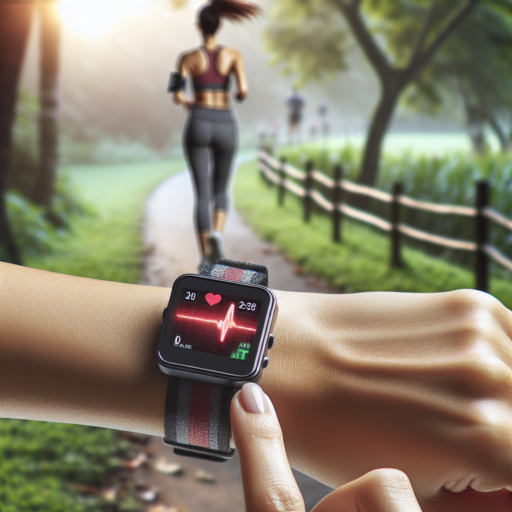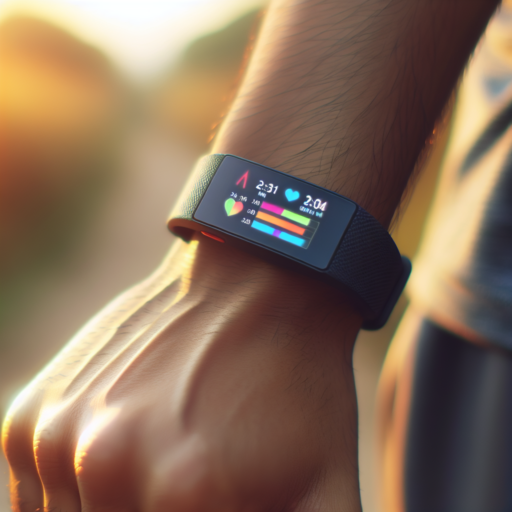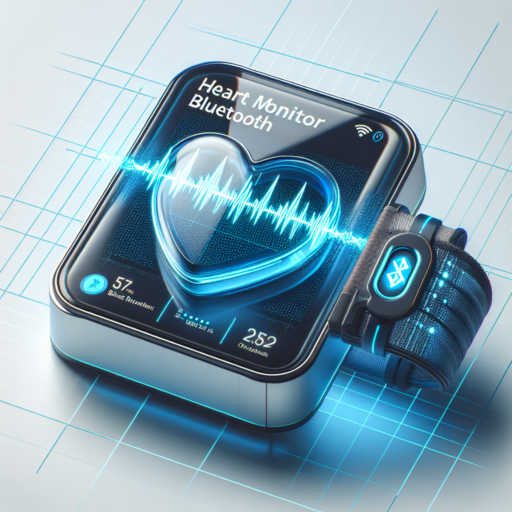What is the best heart rate readings?
Understanding the «best» heart rate readings largely depends on the context of the individual—factors like age, fitness levels, and health conditions play crucial roles. Generally, a resting heart rate between 60 and 100 beats per minute (bpm) is considered normal for adults. However, athletes or those highly fit may exhibit resting heart rates below 60 bpm, reflecting their heart’s efficiency in pumping blood.
Optimal Heart Rate Zones
Different activities and exercise intensities will target various heart rate zones. These zones are typically calculated based on a percentage of your maximum heart rate (MHR). For instance, moderate-intensity activities may target 50-70% of your MHR, while vigorous exercises might aim for 70-85%. Understanding these zones can help you tailor your workouts to meet specific fitness goals, whether it’s improving cardiovascular health or aiming for fat-burning.
Finding Your Ideal Heart Rate
To pinpoint your ideal heart rate, it’s advisable to calculate your MHR first— a common method is subtracting your age from 220. From there, you can determine your desired heart rate zones based on your fitness objectives. Remember, these numbers are not one-size-fits-all. Monitoring how your body feels during exercise is just as crucial. Signs of over-exertion, like excessive fatigue or shortness of breath, suggest you might be pushing too hard, regardless of your heart rate reading.
Having a grasp on your heart rate and its optimal zones for exercise can serve as a valuable tool in maximizing your workouts and safeguarding your health. It’s always recommended to consult with a healthcare or fitness professional to get the most tailored advice to your individual health condition and fitness level.
Can my phone read my heart rate?
In today’s digital age, our smartphones are not just communication tools but have evolved into health monitoring devices. One of the intriguing capabilities is the phone’s potential to track one’s heart rate. With the advance in technology and the inclusion of various sensors in smartphones, measuring your heart rate has become a convenient and quick process. But, the question remains: Can my phone accurately read my heart rate?
Many modern smartphones come equipped with dedicated heart rate sensors, often placed near the rear camera or within the screen itself. These sensors work by using photoplethysmography (PPG), a technique that measures the amount of light absorbed by blood in your finger or wrist. As blood flow varies with each heartbeat, the sensor detects these changes to calculate your heart rate. Moreover, numerous health and fitness apps have been developed to utilize these sensors, providing users with immediate feedback on their heart health.
However, it’s essential to understand that while smartphones can offer a convenient way to monitor your heart rate, the accuracy can vary. Factors such as how you apply pressure on the sensor, environmental conditions, and the technology used in your specific device play a significant role. For individuals who require precise heart rate monitoring, especially those with heart conditions, relying solely on a smartphone might not be advisable. For such cases, dedicated medical devices and consults with healthcare professionals are recommended.
No se han encontrado productos.
Is there a device that detects heart rate?
In the realm of health and fitness, paying attention to one’s heart rate has become increasingly important. And yes, there are devices specifically designed to monitor this vital sign. These tools, often referred to as heart rate monitors (HRM), utilize various technologies to give users real-time feedback on their heartbeats per minute.
One of the most common types of heart rate monitors can be worn on the wrist, similar to a watch. Advanced models offer features like connectivity to smartphones, enabling users to track their heart rate over time and receive insights about their cardiovascular health. Moreover, chest strap models are favored among athletes for their precision. These devices ensure that every heartbeat is accounted for, providing the most accurate data possible.
It’s also worth noting that in addition to dedicated HRMs, many fitness trackers and smartwatches now include the ability to measure heart rate. This integration allows individuals to monitor their heart rate alongside other health metrics, making it easier than ever to get a comprehensive view of one’s wellness.
How can I read my heart rate at home?
Reading your heart rate at home is a straightforward process that can give you valuable insights into your cardiovascular health. With the advancement of technology and the availability of various tools, monitoring your heart rate has never been easier. Whether you’re a fitness enthusiast, someone with health concerns, or just curious about your heart rate, the following methods can help you stay informed about your heart’s performance without stepping out of your house.
Using a Smartphone or Smartwatch
One of the most convenient methods to read your heart rate at home is by using a smartwatch or a smartphone. Many smartwatches come equipped with built-in heart rate sensors that provide continuous, real-time heart rate data. Simply wearing the device on your wrist can give you an accurate reading. Similarly, smartphones can be used in conjunction with various apps that utilize the phone’s camera and flashlight to measure your pulse. By placing a finger over the camera lens, these apps can detect color changes in your fingertip that correspond with your pulse, offering an instant heart rate reading.
Manual Measurement
If you prefer a more traditional approach or do not have access to smart devices, you can manually measure your heart rate. This method involves finding your pulse, which can be done by placing two fingers (preferably your index and middle fingers) on your neck (to the side of your windpipe) or on your wrist (just below the thumb base). Once you’ve located your pulse, count the beats for 60 seconds to find your heart rate in beats per minute (BPM). Alternatively, you can count for 30 seconds and multiply by two, which can also provide a reliable measurement.
Tips for Accurate Measurement
- Ensure you’re rested: For the most accurate heart rate reading, take the measurement after you’ve been resting for at least 5 minutes.
- Avoid caffeine and stimulants: Caffeine, nicotine, and other stimulants can affect your heart rate, so it’s best to measure your heart rate before consuming these substances or after they’ve had time to wear off.
- Consistency is key: To get a clear picture of your heart health, try to take readings at the same time under similar conditions.




